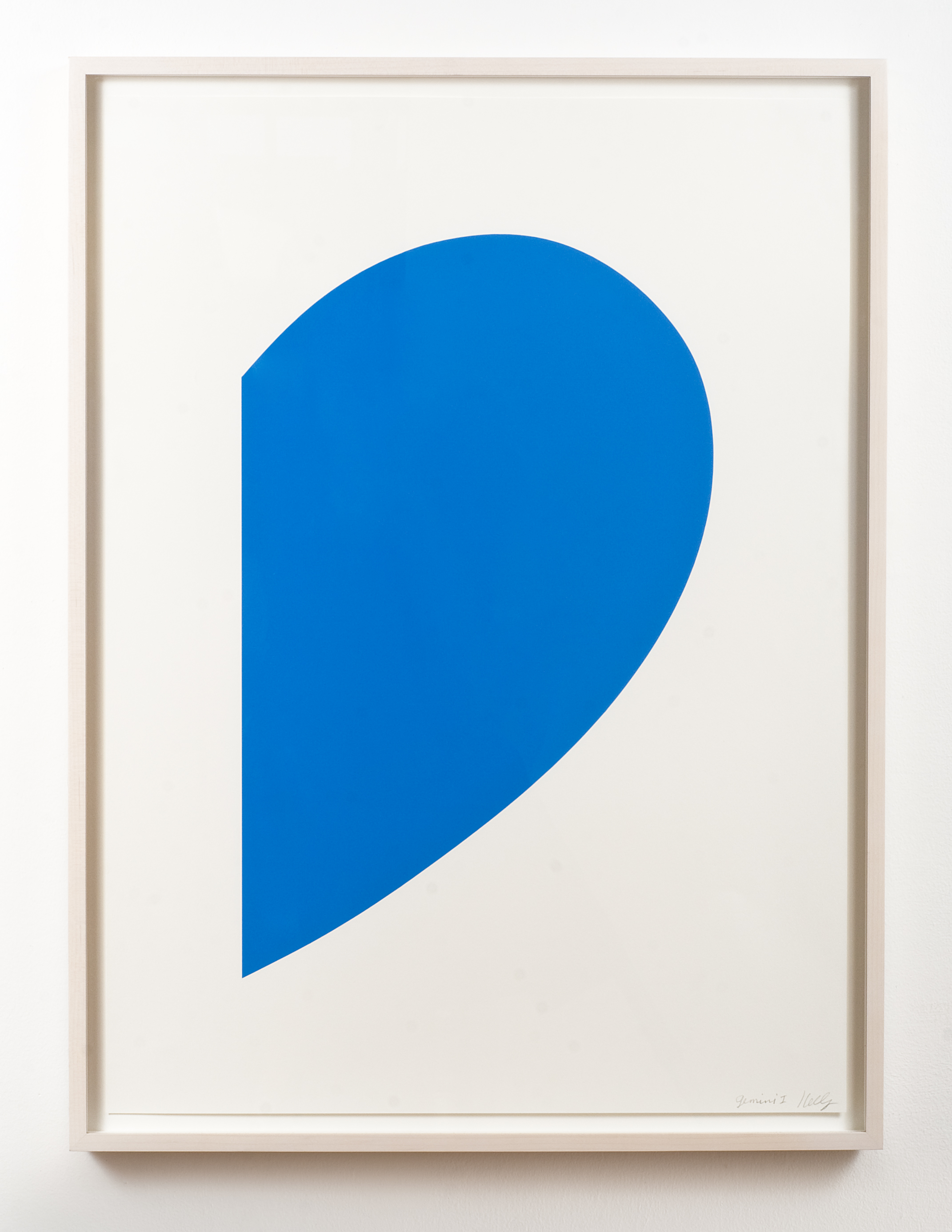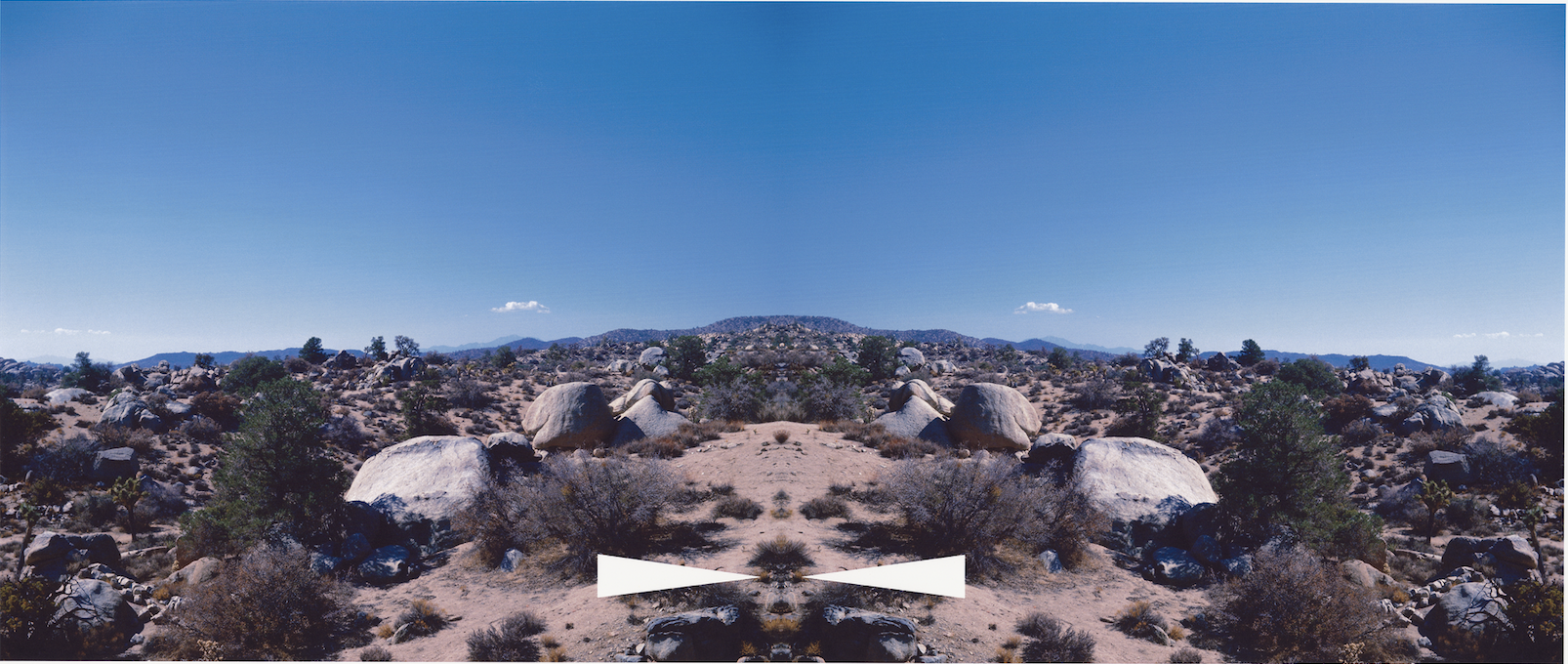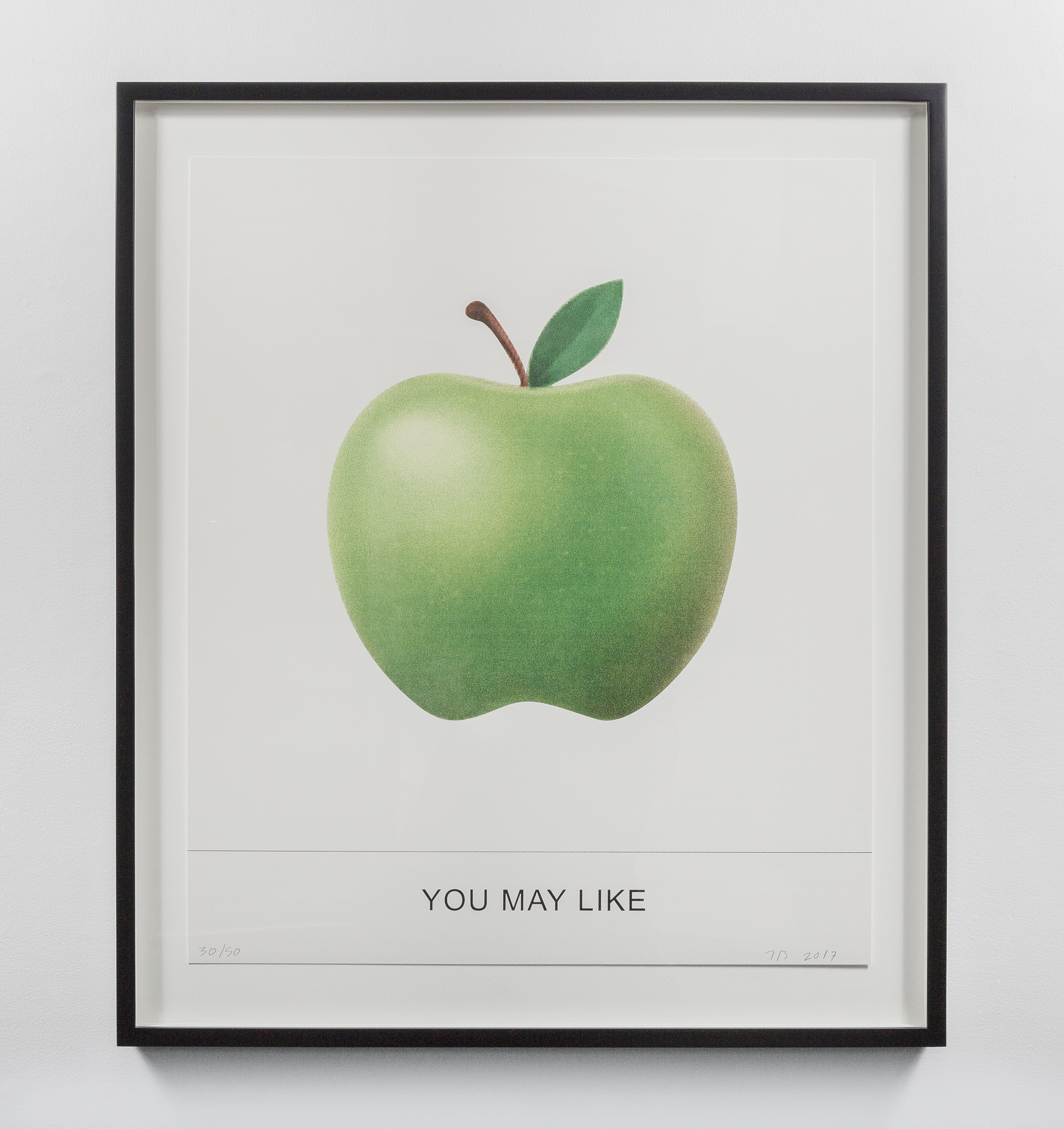Fine Art Print Collecting — A Tell-All Guide of Do’s and Dont’s


The print market represents one of the few remaining accessible forms of collecting fine art. With auction results driving prices of unique works higher and higher, artists’ primary markets are becoming prohibitively exclusive. Even collectors who can afford a Jonas Wood painting aren’t guaranteed they’ll be offered one. The same goes for secondary market works. You want an Ellsworth Kelly painting? Be prepared to fork over $2 million.
In comes the print publisher. Working with blue-chip and established artists, there are many print publishers across the world that provide the opportunity to own a work of fine art at a fraction of the cost. Inherent in the nature of multiples, interested collectors are less likely to have to worry about availability when it comes to prints. Getting on the coveted offer list for prints is much less stressful and elitist than that of a unique work. Moreover, the methods of purchasing prints are more accessible, with many dealers opting for transparency and listing their inventory online. There are even entire art fairs dedicated to prints, like the International Fine Print Dealers Association’s (IFPDA) Fine Art Print Fair in New York, and INK Miami during Art Basel Miami Beach.
That’s not to say, however, that the world of prints and multiples is black and white. If anything, understanding the value of a multiple is more difficult than navigating the value of a unique work. Here are a few tips on what to look for and what to avoid if you’re interested in building your print collection.

Previous: Image: Ellsworth Kelly. “Small Blue Curve,” 2012. 1 color lithograph. Edition of 100. 17 ½ x 12 ½ inches. $6,000. Courtesy of: Gemini G.E.L. Above: Ed Ruscha. “Bow-Tie Palm Springs (Bow-Tie Landscapes), 2003. Pigmented inkjet on Somerset Velvet paper. Edition of 35. 21 ½ x 43 inches. $3,500. Courtesy of: United Limited Art Editions.
Fine Art Prints are Usually Printed and Issued by a Publisher, So Try the Publisher First
There are countless secondary market print dealers and auctions, but it’s always smart to go straight to the source—the print publisher. Much like an artist’s studio, a print publisher is the direct link between the buyer and the artist. While there are always exceptions, you can typically be confident that the prices and conditions of works leaving a publisher are in line with what the artist would want. You can also safely assume your purchase benefits the artist, not just the company you are buying from.
Ask Questions About Edition Size, Provenance, and Condition to Determine Value and Authenticity
When thinking of prices, it’s important to ask a dealer—primary or secondary market—a lot of questions, and, as much as I’m sure many dealers would disagree, it’s good to do your homework. I don’t necessarily advocate for shopping around, but if you see the same edition listed on five different website, it’s not a bad idea to ask for five different quotes. Once you’ve established a relationship with a dealer you trust, try to stick with them. Building a relationship can help gain access to specific art and better deals on shipping, framing, and the artwork itself.
Prints and multiples are often on paper, and knowing the provenance and the conditions in which they were displayed or stored is key. Ask questions and look at as many photos as possible. Ask if the piece is currently or has ever been framed. The back of the print is just as important as the front and should be in equally pristine condition. I always recommend seeing a print before buying it, but this is, of course, not always possible. With websites like Artsy, Artspace, 1stdibs, and Artnet, it’s become increasingly easier to buy prints online without ever having seen them in person. This inclination to click and ship is even more tempting when it comes to auctions, where print prices can be far below the market price. Knowing the condition of a work can help explain the variations in prices.
The more familiar you become with prints, the easier it is to spot red flags. Publishers have unique chops or stamps that act as a mark of authenticity. If a print is missing this, it’s not a good sign. It doesn’t necessarily mean a print isn’t authentic—an embossed chop can be rubbed down, for example. Authenticity is a tricky thing when it comes to prints. Like any form of art, if there are questions of authenticity, it’s a good idea to steer clear. Most reputable dealers can be trusted to avoid any work of suspect origins, but things can get murky if you aren’t sure of the source. New and recent editions shouldn’t have any question of authenticity and the provenance should be easy to trace.
Even with the most trusted dealers, you can run into some shady situations.
Even with the most trusted dealers, you can run into some shady situations. I personally like to scour Artsy for prints, partly to see what dealers are charging, and partly to keep up to date on what’s floating around the secondary market. On one occasion, I found a David Hockney print that I know was printed on very long paper. The impression for sale on Artsy had clearly been improperly cut down. I asked the dealer why their piece was almost 30 inches shorter than the rest of the edition, and they said that theirs was the unique “original,” and that the rest were based on their print. Unfortunately for this dealer, I happen to be very familiar with the print, and I know theirs had, at some point, been cut. There’s a vast, decades-long history of contemporary printmaking and even the leading figures can make mistakes.
Know the Market: Determining Whether Your Fine Art Print Will Retain and Increase in Value
I personally think it’s important to collect artwork that you love, but it’s also smart to know that a piece will retain its value. Getting access to works at publication prices—the initial price when an edition is first released—can help. A trusted dealer, and obviously the publisher, can keep you informed of new and upcoming projects. As an edition sells out and availability becomes scarce, the price increases, so having the opportunity to purchase a work out the gate is important.
 Julie Mehretu. “Six Bardos: Transmutation,” 2018. 31 color aquatint. Edition of 45. 50 ½ x 61 ½ inches. Courtesy of Gemini G.E.L.
Julie Mehretu. “Six Bardos: Transmutation,” 2018. 31 color aquatint. Edition of 45. 50 ½ x 61 ½ inches. Courtesy of Gemini G.E.L.
If you do want to see the value of your print increase, pay attention to auction results, but keep in mind all of the aforementioned caveats. Artists like Jonas Wood, John Baldessari, and Julie Mehretu have stable markets and their works are in high demand. Prints by Julie Mehretu in particular command high prices because of their technicality and small edition sizes. In her new series with the Los Angeles publisher Gemini G.E.L., for example, she worked with master printer Case Hudson to create six monumental prints. Over three years in the making, the series employs a technique called “a la poupée,” in which different color inks are hand-applied to the etching plate. To achieve the color gradients that Mehretu is known for, the ink is lightly dabbed onto the plate instead of printed with separate color runs. The time and skill required to make these prints are remarkable.
…when an artist is still alive, they can continue to make prints. That might sound obvious, but it’s important to think about when understanding how availability impacts prices
Another thing to remember when understanding the print market is that when an artist is still alive, they can continue to make prints. That might sound obvious, but it’s important to think about when understanding how availability impacts prices. Artists often work with print publishers to broaden their audience with lower prices. They also might not have a background in printmaking, so collaborating with publishers helps to learn a new skill and push the boundaries of their own practice. Some artists make prints as a one-off experience, and some continue to work with publishers throughout their careers, therefore increasing the number of their prints on the market. After an artist dies, the added element of availability comes into play. Their prices might jump when they die, but their markets are likely to plateau and settle down, albeit with much higher prices. The activity of an artist’s market is important to think about if you’re considering a purchase. If an artist is alive and prolific, their prices might not change too much immediately, and if you miss an opportunity to buy a work now, you might be interested in a different edition in the future. Don’t be pressured to “buy now,” but remember that you might have to pay more if you wait.
 Richard Serra. “Composite I,” 2019. 2 color aquatint with screen printed Paintstik/etching ink. Edition of 50. 13 x 18 inches. $8,000. Courtesy of Gemini G.E.L.
Richard Serra. “Composite I,” 2019. 2 color aquatint with screen printed Paintstik/etching ink. Edition of 50. 13 x 18 inches. $8,000. Courtesy of Gemini G.E.L.
Learn the Lingo As Technique and Numbering Often Are Keys to Differentiating one Fine Art Print from another
Printmaking is rife with techniques and terminology. Being familiar with these details can help when determining if a print is priced fairly. A work might look simple, but its production likely took countless hours and complex techniques. Take, for example, Richard Serra prints. Challenging what it even means to be a print, Serra’s works often take more hand-application than other types of prints. In his Composites series, he combines the processes of etching and screen printing. Resulting in a surface of dynamic textures and subtle variations of black, each work in the edition has hand-finished qualities that are unique from impression to impression.
Looking at a print, it’s not always apparent the technicality of its production. The best way to learn more is to ask the person selling the work. This can be difficult if you’re working with an e-commerce site, but this goes back to the importance of trying the publisher first and building a relationship with a dealer that you trust. Printmaking is a complex industry that involves a lot of different processes, and knowing more about how a work is made can tell a story about the artist’s practice and the piece itself.
It’s also important to know a bit about the numbering system. Most people know that prints are typically assigned a number out of the edition. A common misconception is that the lower the number the better, but in reality the value of impression one versus impression twenty is the same. What actually matters is the number on the bottom—the edition size. A small edition size is inherently more rare, and therefore more valuable, than a large edition size. Edition sizes vary depending on the artist, the publisher, and the specifics of the project. Knowing exactly what is considered a big or small edition can be difficult, but, again, this will be a part of doing your homework.
 John Baldessari. “ADAM WASN’T INTO IT,” 2018. 10 color screenprint. Edition of 50. 33 x 28 inches. $7,000. Courtesy of Gemini G.E.L.
John Baldessari. “ADAM WASN’T INTO IT,” 2018. 10 color screenprint. Edition of 50. 33 x 28 inches. $7,000. Courtesy of Gemini G.E.L.
Apart from the numbered impressions, an edition can also have AP’s (artist’s proofs), SP’s (special proofs), TP’s (trial proofs), CTP’s (color trial proofs), and PP’s (printer’s proofs). The AP’s, SP’s, and PP’s are typically identical to the numbered impressions and, with the exception of the PP’s that are designated for the printers, can be sold as a part of the edition. These proofs are also set aside for the artist, the publishers, or things like charitable donations. It’s not uncommon to come across an AP or SP for sale, but their classification as an “artist’s” or “special” proof doesn’t mean the piece had any closer contact with the artist. They are usually exactly the same as the numbered impressions and were signed by the artist as part of the full fine art print edition. TP’s and CTP’s are slightly different in that they are proofs that were made as a result of the artist’s creative process are often different from the edition. They can be different colors, techniques, sizes, materials, and sometimes completely different imagery. TP’s and CTP’s are often valued higher than the edition and are not necessarily for sale.
Being an informed buyer is an important part of any commercial transaction, but it’s even more significant when it comes to art. The art market is an inherently opaque, esoteric, exclusive world that can be manipulated easily by big dealers and auction houses. Doing your research, asking questions, and knowing the value of a fine art print before buying can help protect you as a buyer. Above all, the most important thing is to buy something you love and want to live with.
Heading to Miami? Don’t miss one of the print markets leading fairs, Ink Miami presented by the IFPDA, December 4-8, 2019, Suites of Dorchester, 1850 Collins Avenue, Miami Beach, Florida 33139.
You Might Also Like
New York – Time by Boetti on view at Valli Art Gallery
Méïr Srebriansky: Nietzsche, Abstraction, and a Hint of Mickey Mouse
What's Your Reaction?
Annabel Keenan is a New York-based writer focusing on contemporary art, market reporting, and sustainability. Her writing has been published in The Art Newspaper, Hyperallergic, and Artillery Magazine among others. She holds a B.A. in Art History and Italian from Emory University and an M.A. in Decorative Arts, Design History, and Material Culture from the Bard Graduate Center.

